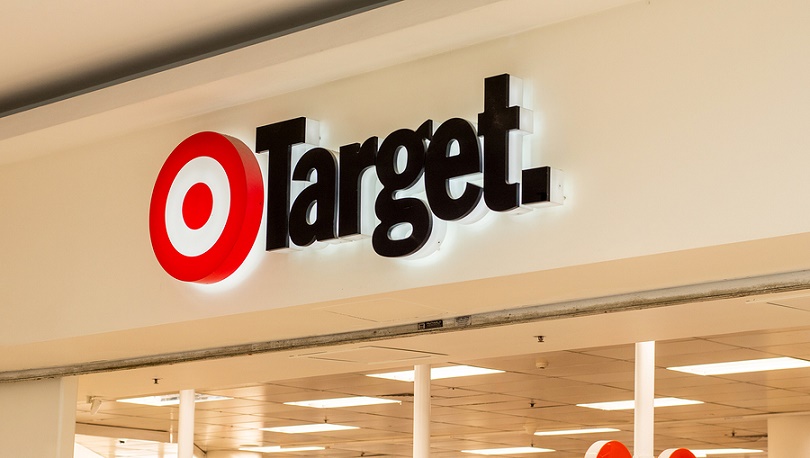The retail shakeout has only just begun

As it weights the economic costs against the scale of the public health threat, the federal government is keen to bring the economy out of its induced coma.
Federal and state governments have, for the most part, enjoyed strong public support after containing infection and deaths in Australia, but patience is ebbing as the reality of the economic impact becomes more evident.
Consumer confidence and retail spending proved challenging for retailers for several years and were further dented by the summer bushfires and floods, even before the coronavirus hit. As a result of the challenging market conditions and competition from online vendors and international retailers, there has been a significant shakeout in recent years with receiverships and store closures.
The shakeout is far from over, with soaring unemployment, under-employment and financial strain on household and business spending, as well as continued social distancing, uncertainty and fragile confidence.
As evidenced in March retail sales, there is likely to be an imbalance in the impact on different retail categories, with supermarkets and major retailers enjoying solid sales while others experienced a dramatic drop in sales.
The retail winners – including Bunnings, JB Hi-Fi, the Good Guys, Coles and Woolworths – are cautious of their prospects for the months ahead, as the surge in sales during the self-isolation period is now moderating and income for a huge number of households and businesses is reduced.
A study by the Australian National University released last week estimates the economic meltdown has stripped $102 billion off household budgets, while Federal Treasurer Josh Frydenberg says the coronavirus crisis is costing the economy $4 billion each week.
Those losses will not be easily recouped and high government debt and lower federal and state tax revenue collection will drag on an economic recovery.
For many industry sectors – and certainly retail – there won’t be a return to business as usual, with significant changes for retailers that don’t stumble in a prolonged period of low economic growth and tight consumer spending.
Inevitably, there will be further financial casualties, with retailers that were struggling before the coronavirus outbreak and economic deep sleep an endangered species.
Keen to minimise bad debt and business failures, banks and financiers will become much tougher in stress-testing their clients and demanding comprehensive business plans that are
likely to require additional equity, recapitalisation or restructuring and downsizing.
To survive, many retailers will be forced to change business models, develop new customer engagement strategies, revamp marketing, re-engineer supply chains and create a new generation of online platforms.
The coronavirus crisis has killed off independent retailers in strip shopping centres that either didn’t or couldn’t access the government support packages.
Retailers that haven’t abandoned their businesses may yet add to the increased vacancy rates in shopping strips if customers are slow to return or if they curb their spending as governments lift activity restrictions.
However, JB Hi-Fi CEO Richard Murray offers some hope to independent retailers in strip centres, believing many shoppers will be inclined to support local traders rather than hurry back to shopping malls.
For the first time in five decades, shopping centre landlords are facing the prospect of falling rents and asset values, diminished demand for retail space from retailers, the loss of retail brands that have been mainstays of tenancy mix and lower occupancy rates.
But for a handful of prime shopping malls, the flourish of international retail brands entering the market has petered out, franchise systems and chains are contracting their store networks and business collapses are taking their toll.
Discretionary retail spending fell off a cliff in March before the more severe restrictions associated with the coronavirus cut in.
For apparel retailers, it exacerbated a longer-term decline and, notwithstanding a likely “buy Australian” sentiment in at least the short-term, an increasing proportion of sales is expected to move from bricks-and-mortar to online platforms.
Quite apart from any further chain failures, the coronavirus pandemic may well determine the fate of four major retailers in the months ahead.
Wesfarmers has already flagged its exasperation with the struggling Target discount department store, indicating it is likely to be divested.
Retail Food Group (RFG), the multi-brand food and beverage franchisor, could ill afford the business disruption associated with the coronavirus lockdown after more than two years of financial strain, franchisee disputes and investigations by government agencies.
RFG could struggle for survival with the likelihood of hefty penalties from legal action following those investigation and the possibility that more franchises will close as victims of the shutdown.
The other two major and iconic retail brands whose fate could perhaps be determined through a revisit of a merger are the Myer and David Jones department stores. They have struggled to adapt to a changing retail landscape in recent years and now face what could be much greater and faster change.
This story first ran in Inside Retail Weekly. Given the current crisis, we have decided to unlock all premium content related to COVID-19. If you would like to support Inside Retail, please consider subscribing here.
Comment Manually
You must be logged in to post a comment.

No comments